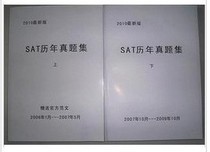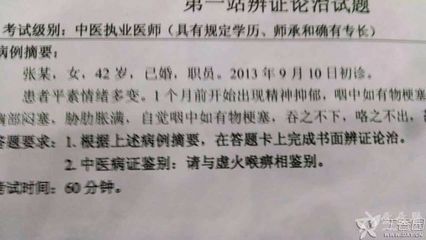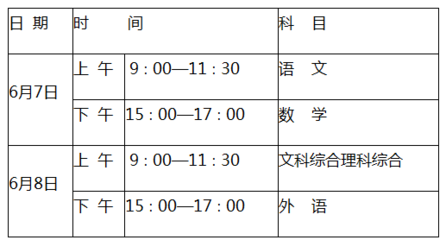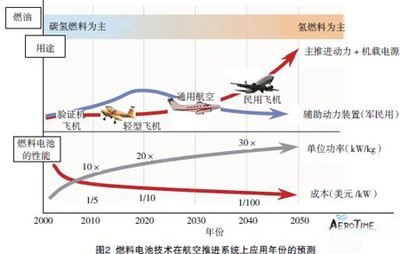What the New SAT and Digital ACT Might Look Like
By TAMAR LEWIN | Published on: August 2, 2013 | Source: NYTimes
SAY farewell to vocabulary flashcards with arcane words like“compendious,” “membranous,” “mendacious,” “pugnacious,”“depreciatory,” “redolent,” “treacly” and “jettison.” In the newSAT, to be unveiled in 2015, David Coleman, president of theCollege Board, wants to get rid of obscure words that are . . .just SAT words, and replace them with more common words like“synthesis,” “distill” and “transform,” used in context as theywill be in college and in life.
And the math? “There are a few things that matterdisproportionately, like proportional reasoning, linear equationsand linear functions,” Mr. Coleman said. “Those are the kinds ofthings we’re going to concentrate on.”
“And it shouldn’t just be about picking the right answer,” he said.“It should be about being able to explain, and see, theapplications of this math.”
Big changes are coming to the nation’s two competing admissionstests.
Mr. Coleman, who became president last October, is intent onrethinking the SAT to make it an instrument that meshes with whatstudents are learning in their classrooms. Meanwhile, the ACT,which has always been more curriculum-based, is the first of thetwo to move into the digital age. In adapting its test for thecomputer, ACT Inc. is tiptoeing past the fill-in-the-bubbleScantron sheets toward more creative, hands-on questions.
In their own ways, both organizations are striving to producesomething beyond a college admissions test. ACT plans to startyearly testing as early as third grade to help guide students tocollege readiness. One of Mr. Coleman’s goals is for the CollegeBoard to help low-income students see broader collegepossibilities.
Since he arrived at the College Board in October, Mr. Coleman hasbeen working on a fundamental redesign of the SAT, which heannounced in February. The test, he said, should focus on “thingsthat matter more so that the endless hours students put intopracticing for the SAT will be work that’s worth doing.”
Citing the College Board’s Advanced Placement tests as a model, hesaid he aims to have a test that requires students to demonstratethe skills that good classroom teachers drill them on to reachacademic excellence.
Deciding what students should master has been Mr. Coleman’s métier:he was an architect of the Common Core standards — guidelines forwhat students should learn in each grade — that are being put intoplace in most states. So it is no surprise that he has clear viewson what the SAT should test, although he declines to offerspecifics because College Board members need to be consulted onevery element of the redesign. Most likely, he said, the outlines —sections on critical reading and math and a 25-minute essay — willremain the same. But Mr. Coleman has made known his discomfort withthe essay, which puts no premium on accuracy. Students can get topmarks for declaring that the Declaration of Independence waswritten by Justin Bieber and sparked the French Revolution, as longas the essay is well organized and develops a point of view.
“We should not be encouraging students to make up the facts,” Mr.Coleman said. “We should be asking them to construct an argumentsupported by their best evidence.”
Over and over, Mr. Coleman returns to the need to prod studentsinto marshaling their evidence. “The heart of the revised SAT willbe analyzing evidence,” he said. “The College Board is reaching outto teachers and college faculty to help us design questions that,for example, could ask students to use math to analyze the data inan economics study or the results of a scientific experiment, oranalyze the evidence provided within texts in literature, history,geography or natural science.”

The last overhaul of the SAT was not so long ago. In 2005, spurredby the threat that the University of California system might nolonger consider its test for admission, the College Boardintroduced with fanfare the “New SAT,” dropping quantitativecomparisons and the “warm is to cool as top is to ___” analogiesand adding more advanced math, in the process making the test morelike the ACT.
Competition between the two tests has not let up: for the firsttime last year, the ACT surpassed the SAT in market share. With thenew redesign, the SAT seems likely to inch even closer in contentto the ACT, which focuses more on grammar, usage and mechanics thanon vocabulary.
Robert Schaeffer, public education director of FairTest, isdismissive of redesigns past and present.
“Through all these changes, neither the SAT nor ACT has gottenbetter in terms of two things that matter,” he said. “One ispredicting accurately how well a student will do in college.They’ve still got the same weak-to-moderate predictive power — lessthan a student’s high school grades. And there’s still a problemwith equity. The tests still underpredict for females andoverpredict for males, and they don’t do well for low-incomestudents.”
Mr. Coleman talks, intensely, of “moving from delivering assessmentto delivering opportunity” to low-income students who do not investenough in the college-admission process.
“Kids need to have a level of ambition,” he said, “because what wefind is that absent the intensity of a peer group committed togetting into college, kids just fall away, even a lot of the oneswho do very well on the test, and could go to top colleges.”
Struck by recent research on how few high-achieving low-incomestudents apply to top colleges — but how many more do so if giveninformation about their options — he said that the College Boardmust help ensure that these students get information about collegesthey could aspire to and financial aid that would pay for it.
“We will consider students who take the assessment as within ourcare, and that means that sending out a score report isn’t the endof it,” he said.
If the SAT is a product of the East Coast elite, so is Mr. Coleman,a Yale graduate, Rhodes scholar, former McKinsey consultant and sonof the outgoing president of Bennington College.
And like his test, Jon L. Erickson, president of ACT Inc.’seducation division, is a low-key Midwesterner. He grew up inWisconsin, taught high school, was an academic affairs specialistat the University of Wisconsin, Milwaukee, and has been at ACT,which is based in Iowa, for 30 years.
This organization, too, is preparing for major change. Starting in2015, the ACT will be available on a computer as well as, for thetime being, on paper. Those who take the test on a computer willsee a new breed of questions — free-response questions in whichstudents manipulate on-screen images to form their conclusions. Inone sample question, students move a plunger on a cylindrical gastank to change gas pressure and temperature. They then write a fewsentences describing the relationship between distance and pressureand between temperature and pressure, and graph thoserelationships.
In another question, students “pour” four different liquids intobeakers to see which one rises to the top and which one sinks tothe bottom. Based on their experimentation, they predict what wouldhappen if all four liquids were combined.
“Those kinds of questions are more expensive to produce, but Ithink students will be more engaged by them,” said Mr. Erickson,whose predecessor, Cynthia B. Schmeiser, defected to the CollegeBoard in April.
Many details of digitization remain to be resolved. About a thirdof schools don’t have the capacity to accommodate all theirstudents in a computer lab or other lockdown setting, Mr. Ericksonsaid. Will it be entire schools or individual students who opt fora paper-and-pencil test? Which questions will be graded bycomputer, and which by humans? And because the two versions need tobe comparable, just how many beyond-the-bubble questions will beadded to the mix?
One decision that has been made: content will be unchanged.
“Our approach will still be based on what students learn in theclassroom,” Mr. Erickson said. “Where we’re pushing the envelope isto be more relevant, timely and actionable.”
Indeed, ACT wants to reach ever younger — into elementary school.Next year, it will start rolling out a series of computer-basedtests that track student learning over time as well as progress inthe current school year, and measure how far above or below gradelevel a student is in core subjects. Alabama, for one, has signedon to use the tests as its end-of-year assessment for Grades 3 to8. In the program, parents and teachers will get increasinglydetailed reports outlining the skills needed to be ready forcollege.
“Like a lot of people, I do sometimes worry about how many testschildren have to take these days,” Mr. Erickson said. “But we’renot just trying to add more tests. We’re trying to give studentsand teachers more information that can help them.”
“The spine of everything we do is college readiness,” he said. “Nowour agenda of college readiness has become the national agenda.”
 爱华网
爱华网



